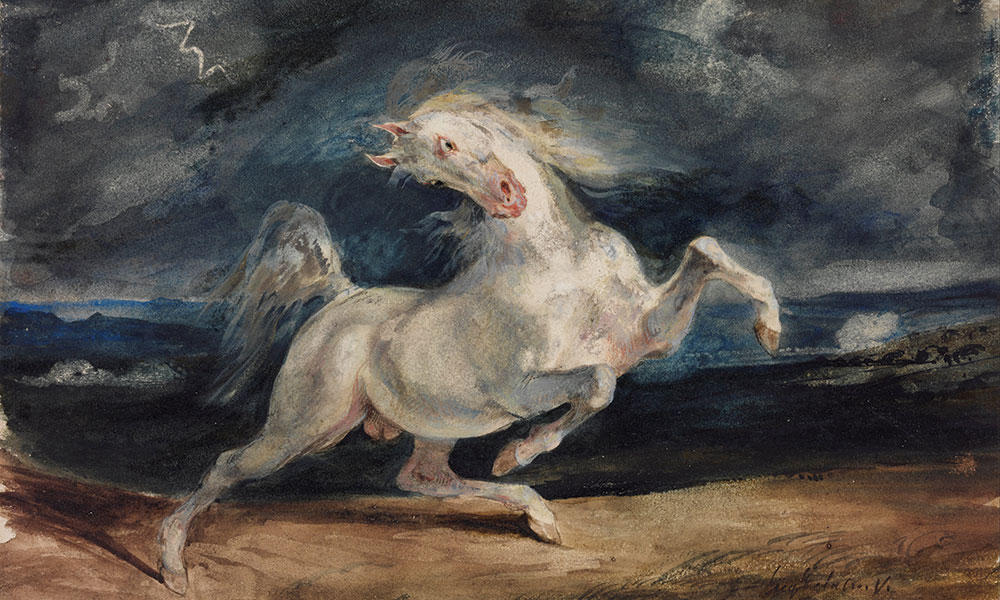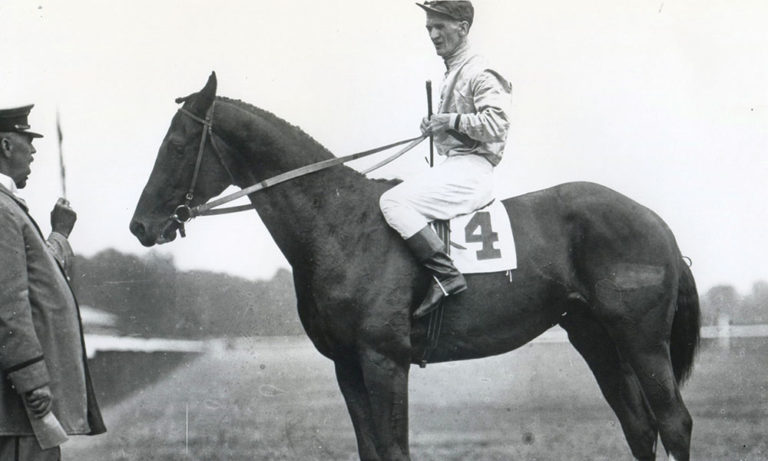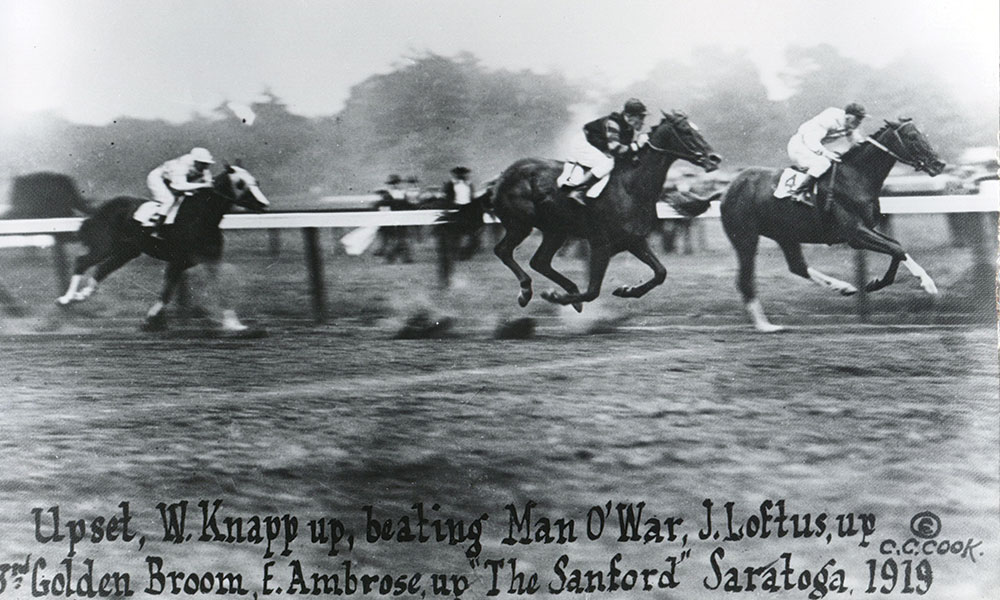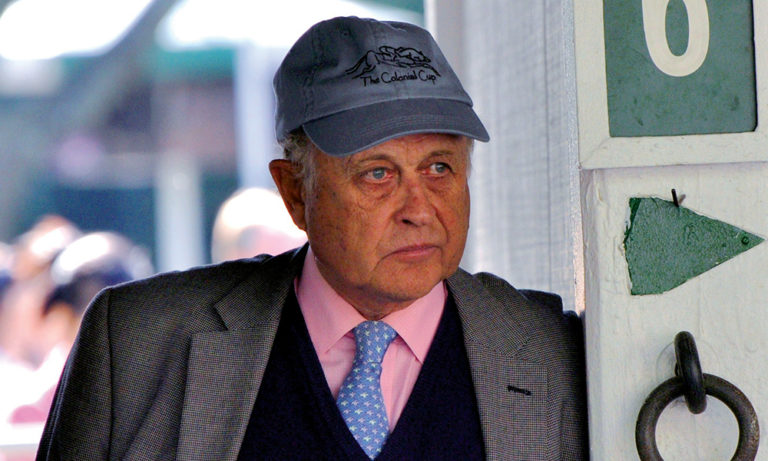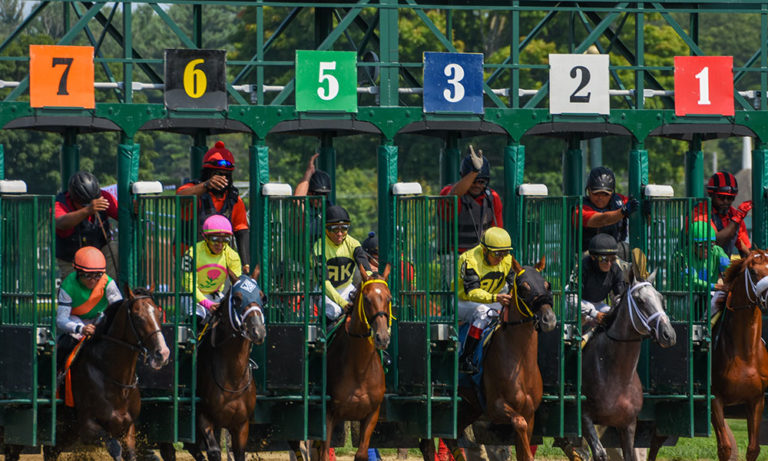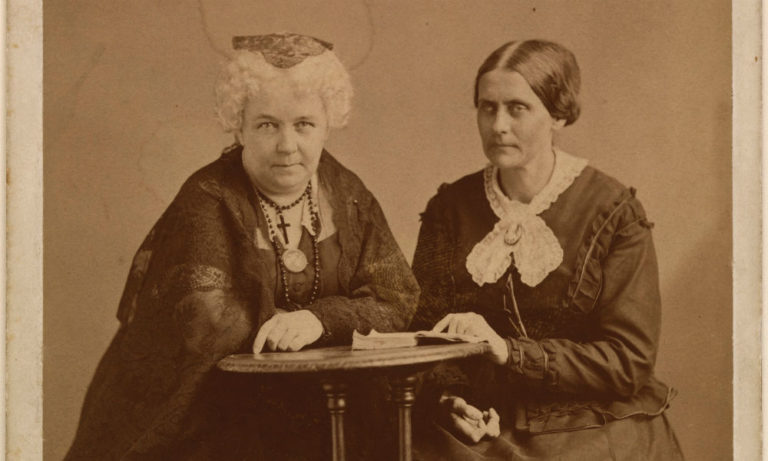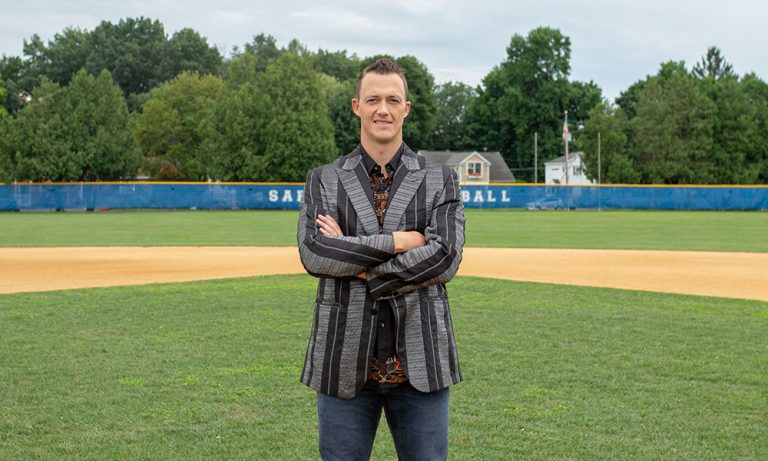The leaves have begun to fall, dusting Saratoga Race Course in swatches of red, orange and yellow. Off the track, under an awning, Charles and Marcela Howard chat about racehorses’ spirit and courage. Across Union Avenue at the Oklahoma Training Track stables, jockey Red Pollard is hot walking a racehorse. This isn’t some equine daydream; I’m watching Seabiscuit, the 2003 movie filmed partly in Saratoga Springs, which is based on Laura Hillenbrand’s nonfiction account of the rise to fame of Seabiscuit, the champion racehorse who rocketed to celebrity status during The Great Depression after beating the 1937 Triple Crown winner, War Admiral.
Given the crucial role Saratoga played in Seabiscuit’s story—he was purchased for $8000 after a pair of wins at the Spa—it made sense that the film’s producers chose our historic racetrack as one of its filming locations. Film crews descended on Saratoga in the fall of 2002, shooting at prominent Spa City landmarks such as the Canfield Casino, Oklahoma Training Track and, of course, Saratoga Race Course. “When they’ve been restored or expanded, the structures and the buildings have been done with historical integrity,” then-Executive Vice President of the Saratoga County Chamber of Commerce Linda Toohey told the Associated Press of the Saratoga filming locations. “So short of taking some television monitors out, there was very little film crews had to do to make the city look historic.” Toohey, in her dual role as Saratoga County Film Commissioner, helped scout locations in the city for filming, traversing the area with camera in hand, snapping thousands of photos of the city’s scenery and architecture.
Michael Blowen, founder of Old Friends Farm, a Thoroughbred aftercare organization that has a location just outside of Saratoga in Greenfield Center, also played a part in the making of Seabiscuit. He made a small cameo, as a loser at the racetrack, and a horse from his farm was one of eight who portrayed Seabiscuit himself. Blowen describes his time as an actor as “cold and boring,” though he says, “I would’ve done it a million times over.”
I think I can safely say that Saratoga would’ve hosted the Seabiscuit film crew a million times over, too.

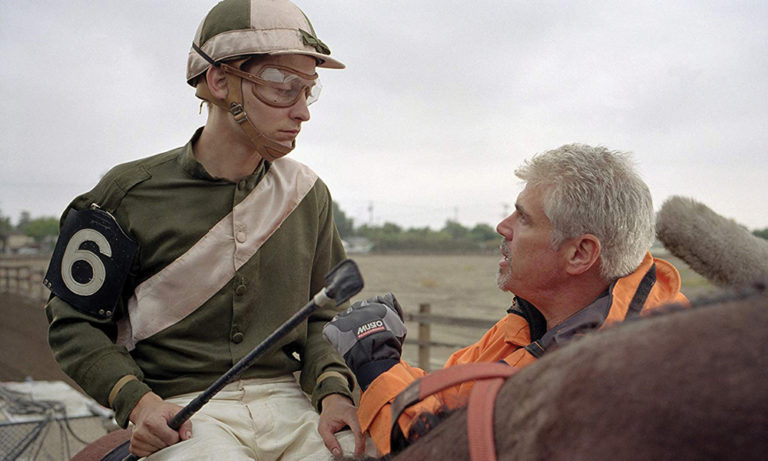
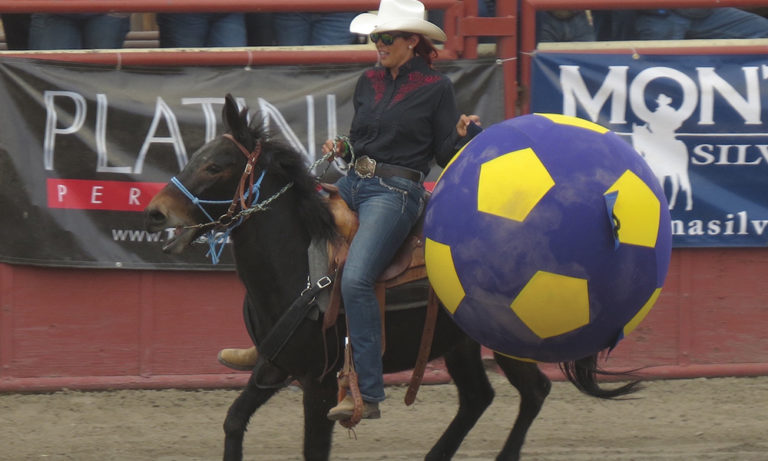
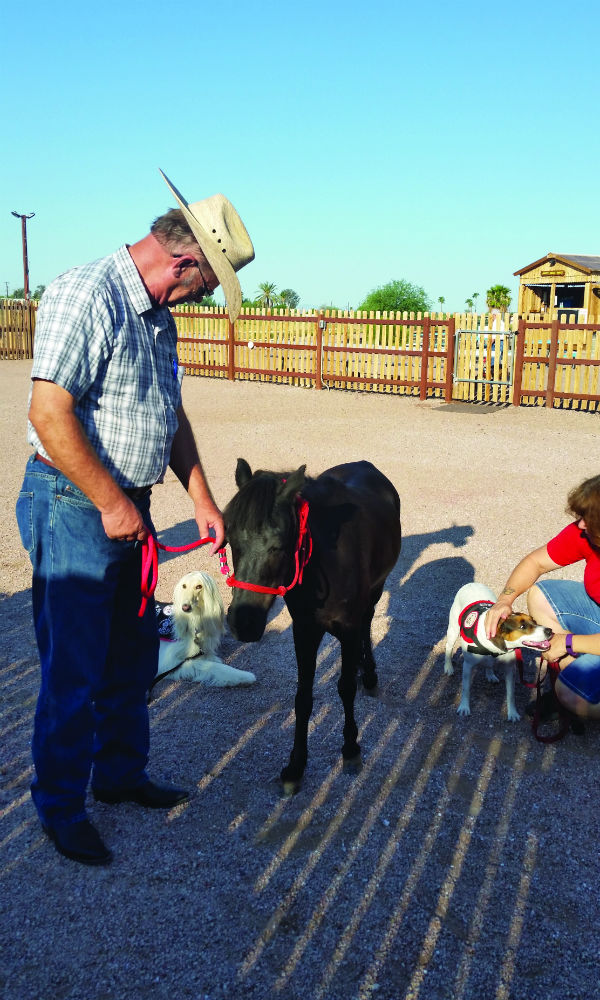
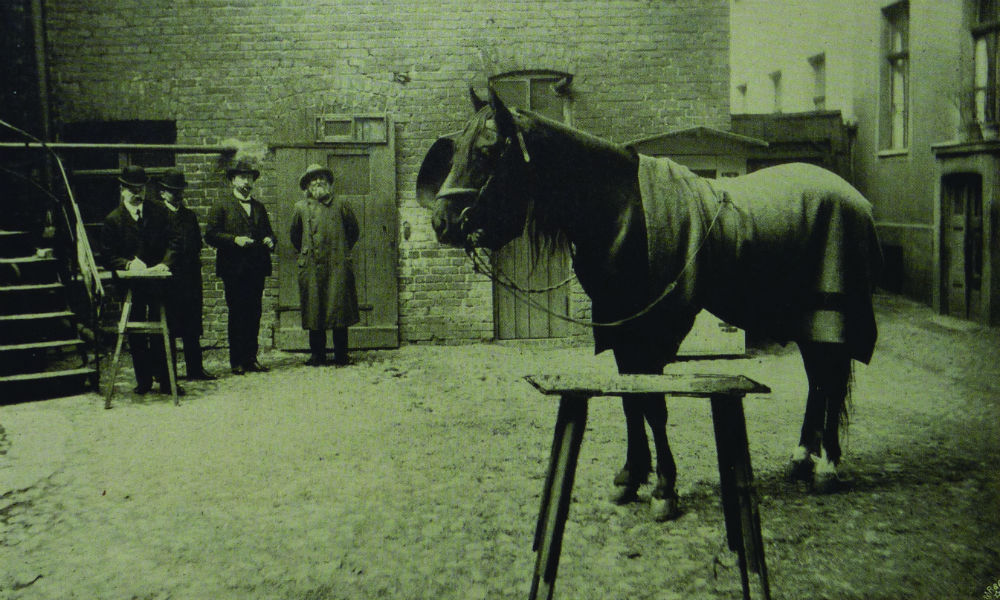
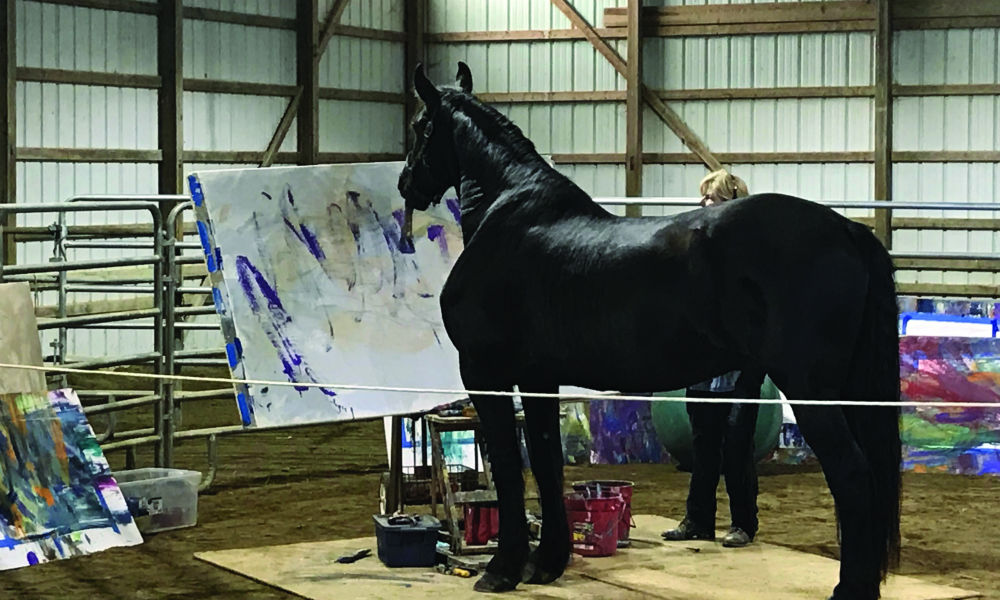
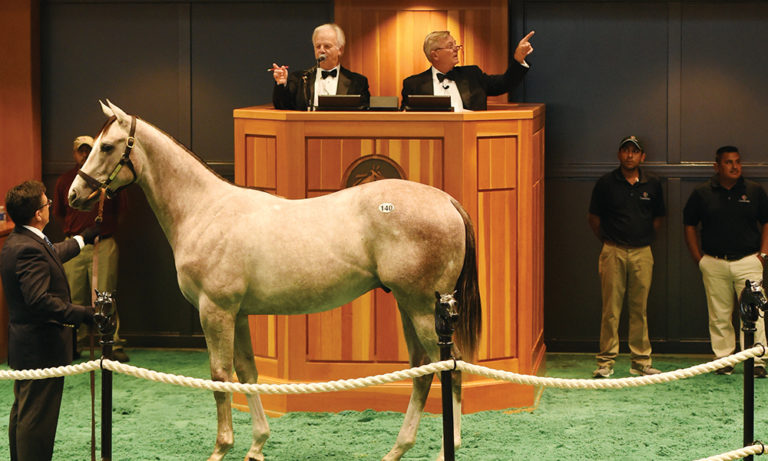

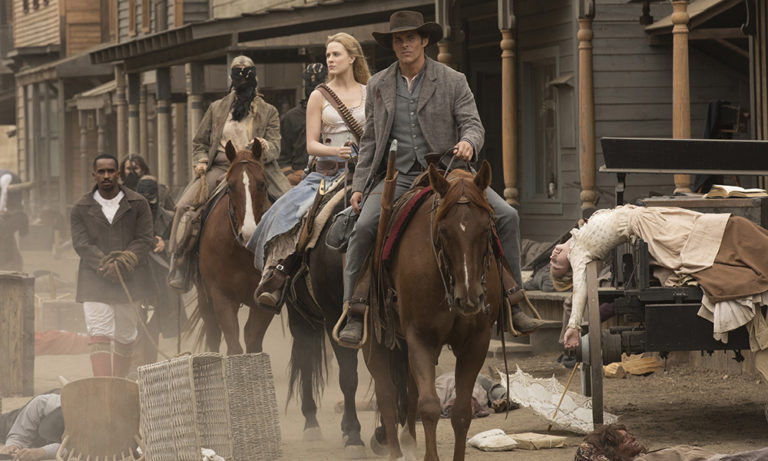
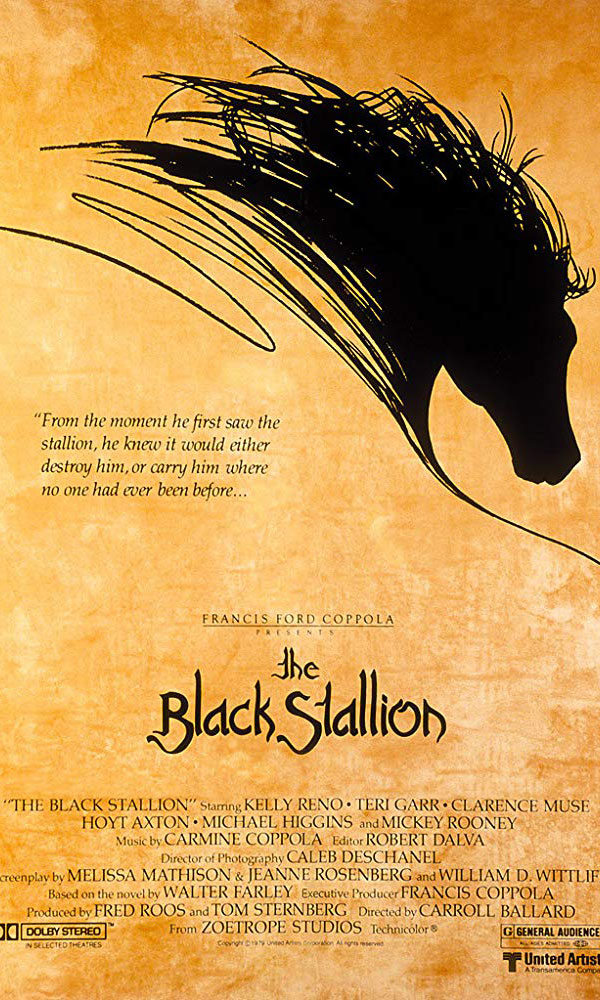 Movies
Movies